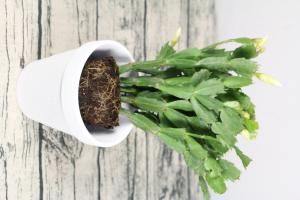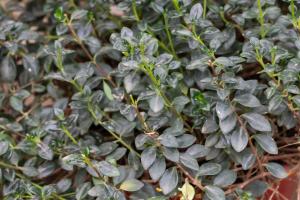Introduction
Plants require a comprehensive set of resources to facilitate their optimal growth and development, and one of the most crucial of these resources is water. However, beyond watering the plants, many gardeners and farmers often spray their crops with water at various intervals. This article will explore what spraying water does for plants, and how this practice can impact crop growth and yield.
Regulates Temperature
One of the primary functions of spraying water on plants is to regulate temperature. Plants require a suitable climate to thrive, and the temperature is an essential factor. Some plant species are intolerable to high temperatures, and this can lead to stunted growth, wilted leaves, and reduced yield. In contrast, some plants require a certain temperature range to flower and produce fruit. Spraying water helps to cool down plants while avoiding high temperatures, which can cause severe damage and minimize the stress imposed on them.
Provides Humidity
Spraying water on plants can attract humidity, which is a vital requirement for plant growth. When plants transpire, they release water vapor into the air, which creates a humid environment. However, in some cases, the surrounding environment may be too dry, and the plants may not release enough water to create a favorable humidity level. This is where spraying water can come in handy. It helps to create a moist environment around the plants, which can promote better plant growth and improved yield.
Minimizes Dust and Dirt
Plants require clean air to ensure optimal respiratory health. However, in open environments, plants may be exposed to dust, dirt, and other pollutants, which can interfere with their respiratory function. Dust and dirt can clog the stomata, which are essential for photosynthesis, carbon dioxide uptake, and transpiration. When the stomata are clogged, the plant's ability to perform these functions is inhibited, which can lead to reduced yield. Spraying water on plants helps to minimize dust and dirt accumulation on the leaves, making it easier for them to breathe and obtain sufficient carbon dioxide.
Prevents Pests and Diseases
Spraying water on plants can help to prevent pests and diseases in various ways. For example, some pests thrive in dry environments and may not be able to survive in a moist environment. Spraying water on the plants could, therefore, make them less attractive to pests or directly drive away some pests. In addition, some diseases thrive in dry environments, and by creating a moist environment, the risk of disease development can be significantly reduced.
Conclusion
While many gardeners use spraying water as a secondary and preventive measure for plant growth, this practice has several benefits for plant development. By regulating the temperature, providing humidity, minimizing dust and dirt and preventing pests and diseases, spraying water contributes positively to the growth and health of plants. Therefore, it is essential to consider the different benefits of spraying water while considering various plant care strategies.

 how many times do yo...
how many times do yo... how many planted tre...
how many planted tre... how many pine trees ...
how many pine trees ... how many pecan trees...
how many pecan trees... how many plants comp...
how many plants comp... how many plants can ...
how many plants can ... how many plants and ...
how many plants and ... how many pepper plan...
how many pepper plan...






























